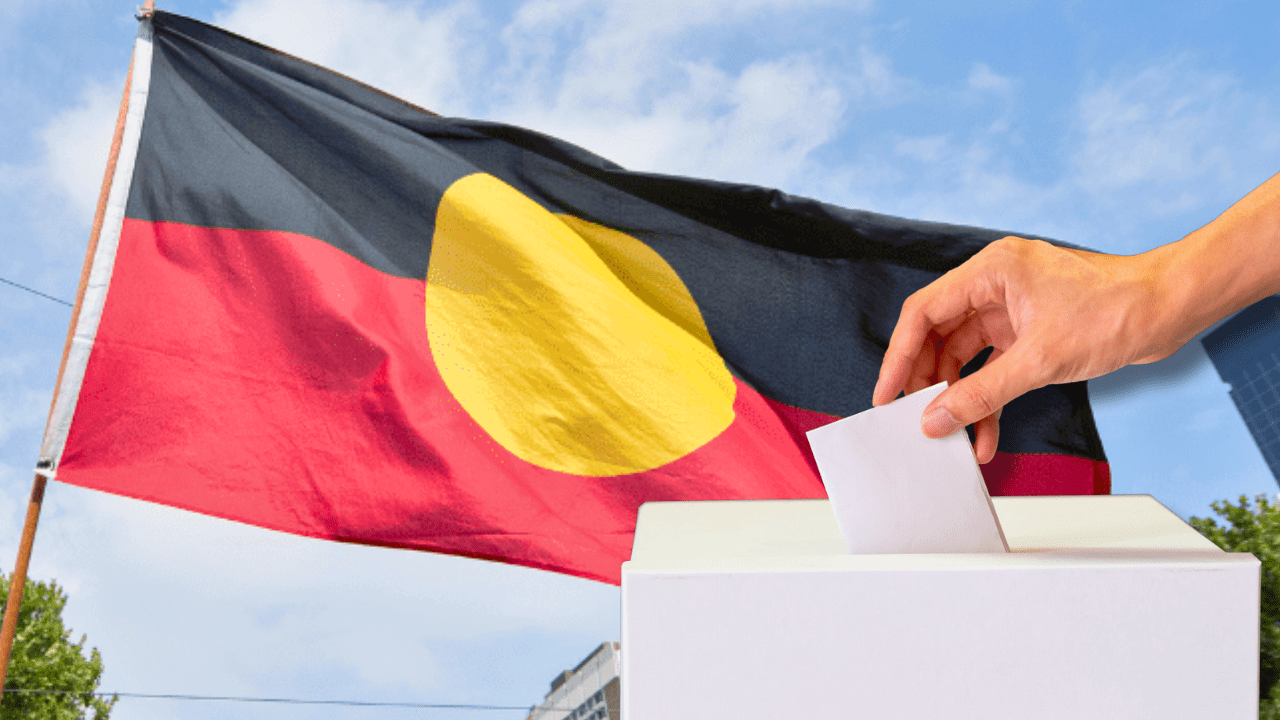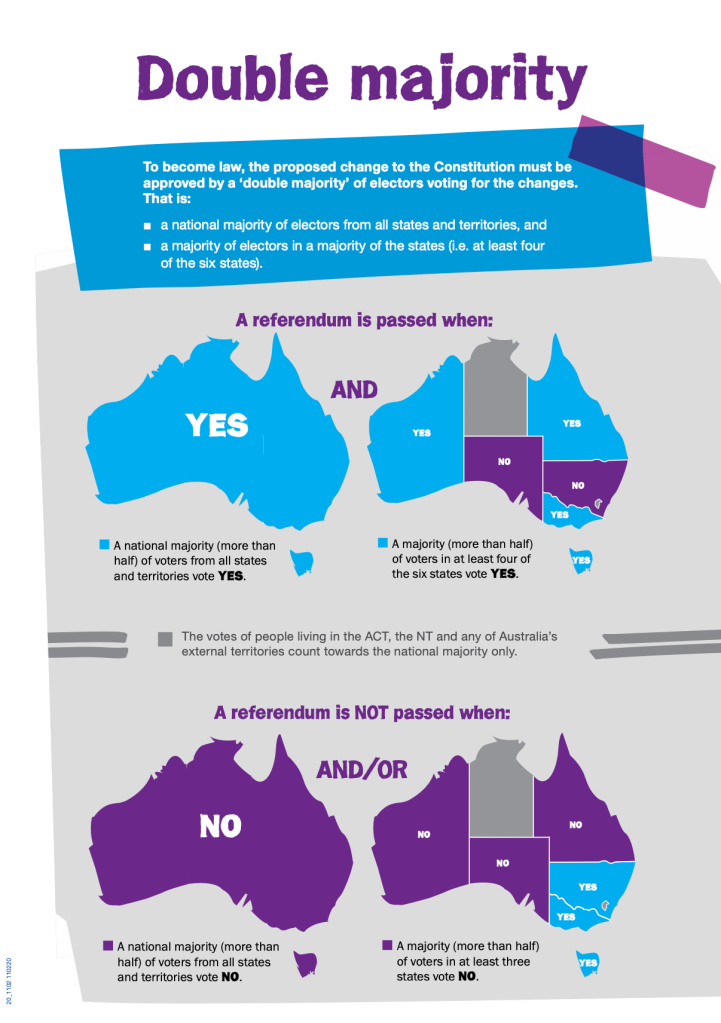
Australia has held 44 referendums in its history, and the Voice to Parliament referendum held on October the 14th will be the 45th. However the last time a referendum was held, Destiny’s Child had just released Say My Name (1999), and Willow Smith hadn’t even been born, so it’s fair to say this is new to a lot of people.
In fact this will be the first time voting in a referendum for anyone under the age of 42, so it’s understandable if you’re a bit confused.
Lucky for you, here’s an explainer with everything you need to know about the Voice referendum, and what happens after.
How do I vote on voting day?
Just like in an election, voting is as easy as turning up to your nearest official polling place (which you’ll find here) between 8am and 6pm, having your name marked off, taking the ballot paper to a booth, and having your say.
However, UNLIKE an election you don’t need to number a billion people and parties, all you gotta do is simply write YES or NO in the space provided.

There has been some debate on if ticks or crosses are accepted forms of voting, however the Australian Electoral Commission (AEC) have advised strongly to only write YES or NO, as such symbols have various meanings across other government forms. And if your day is ruined by the 0.3 milliseconds you lose by being forced to do two more pen strokes: grow up, dickhead.
How does a referendum pass?
If a referendum is to pass it needs to be voted in favour by a majority of the voting public nationally, and by a majority of the states, which is called a double majority.
This is because the referendum is the only way to alter the Australian Constitution. It affects everyone in the nation, so as many people have to agree with it as possible.
This means that 51 per cent of the Australian population need to vote in favour of a referendum for it to be successful, as well as at least FOUR states. Meaning that if a majority of people vote in favour across the nation, but it’s even 3:3 draw between states, the referendum fails.
Due to being created after federation, the territories ACT and NT do not get a say in the state majority vote, but are involved in the national majority count.

How are the votes counted?
Votes are counted in a similar manner to how the AEC count election votes.
Voting closes at 6pm, then volunteer teams collect and count everyone’s votes using a process which means that no ballot card is ever seen by one person after it’s placed in the box.
Unlike in an election where votes are grouped by electorates, in a referendum every individual person’s vote counts towards the state’s majority. Whichever way 51 per cent of people in an entire state vote for dictates the result.
No parties, preferences deals, and no hung parliaments. It’s just YES or NO. But what happens next? Well..
What happens after the referendum?
The Constitution is the document that outlines how Australia is governed. If it’s gonna be changed then everyone gets to vote on if they agree with the changes or not. That vote is a referendum, and whatever the vote decides is what happens.
If it passes:
If Australia votes in favour, then the Voice will be enshrined in the Australian Constitution, meaning that it cannot be removed or revoked unless another referendum is held. The Uluru Statement From The Heart called for a “First Nations Voice” to be included in the Constitution due to how it can then not be removed by any means other than another successful referendum.
The Voice will then begin to be set up to operate as an advisory body within Parliament to speak on matters relating to First Nations Peoples. This Voice will work alongside existing parliament structures to recommend improvements or changes. It will work and research independently, and it will not be able to manage funding for services.
It will be the first step of the Uluru Statement’s three goals: 1. Voice 2. Treaty and 3. Truth.
If it doesn’t pass:
If the referendum fails to get a double majority, then the Voice will not be added to the Constitution. Simple as that.
Prime Minister Anthony Albanese has stated that if the Voice does not pass it will have failed at the first hurdle, as it is crucial to the request from First Nations People that the Voice be added to the Constitution.
Opposition Leader Peter Dutton has claimed that should it fail to pass he will work to see a different type of Voice added to the Constitution, however this could be a mere campaign promise.
You only have one week to enrol to vote in the Voice to Parliament, head here to do so now.
The post Nobody Under 42 Has Voted In A Referendum Before So Here’s What You Need To Know About V-Day appeared first on PEDESTRIAN.TV .







